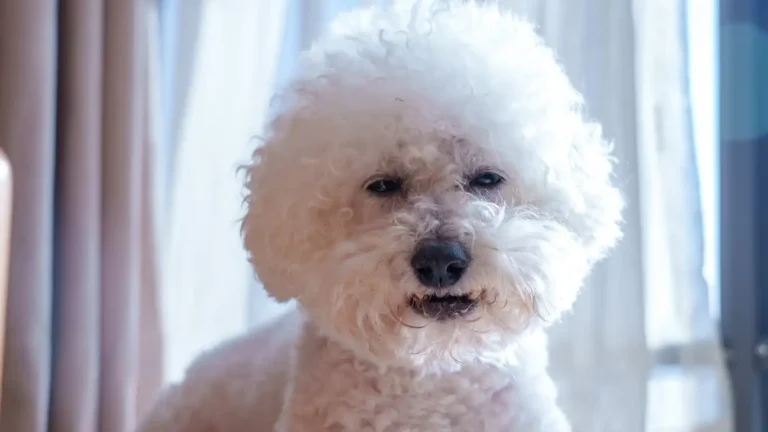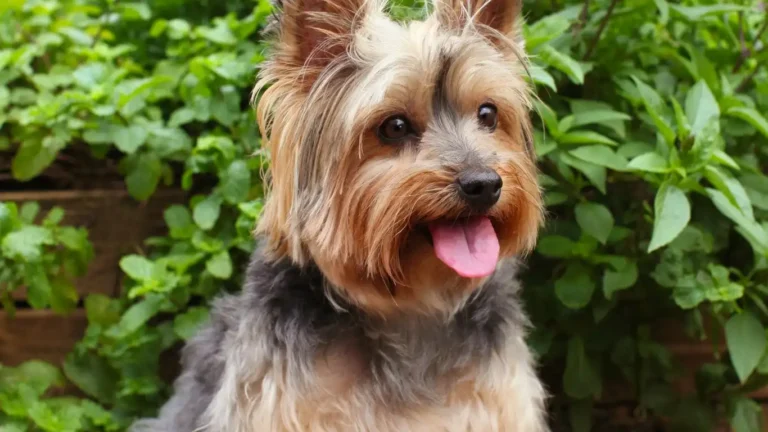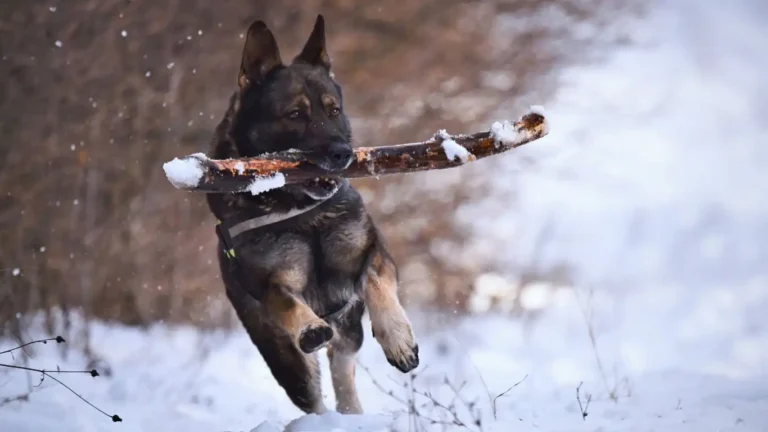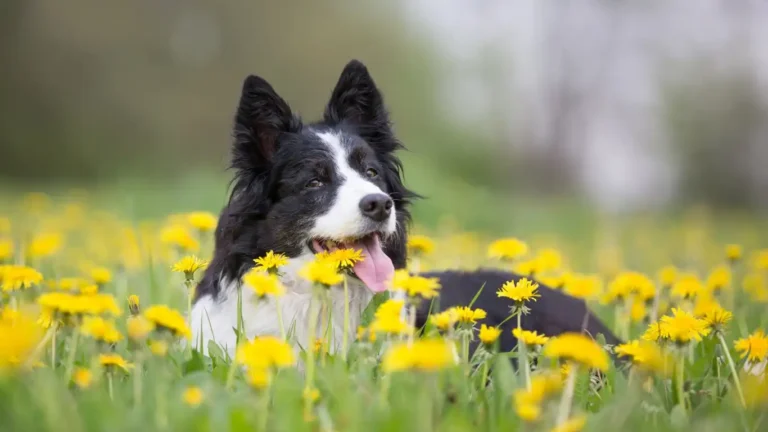Avoid Painful Tangles: How to Brush a Long-Haired Dog Properly
Hey there, fellow dog lover! If you’ve ever spent hours untangling your long-haired pup’s coat — or avoided the brush altogether because it feels like a chore — you’re in the right place. Brushing isn’t just about keeping your dog looking gorgeous; it’s also crucial for their skin health, comfort, and overall happiness. With a bit of know-how, the right tools, and your gentle touch, brushing can become a delightful bonding ritual instead of a struggle.
Why brushing your long‑haired dog matters
- Prevents painful mats and tangles: Daily brushing keeps mats from forming and nestling against the skin.
- Reduces shedding: You’ll catch loose hairs before they scatter around the house.
- Healthy skin: Regular grooming stimulates circulation, distributes natural oils, and helps you spot skin issues early.
- Quality time: Brushing builds trust and helps your pup feel calm and loved.
- Professional insight: Groomers and veterinarians recommend brushing long coats daily for health and maintenance.
Step 1: Pick a calm space & gather your tools
Environment matters. Choose a quiet, comfortable spot — maybe near a sunny window or on a soft towel. Minimize distractions to help your dog relax. A calm environment sets the tone for a peaceful grooming session.
Tools you’ll need:
- Slicker brush — perfect for gently removing mats and loose hair.
- Pin brush — ideal for fluffing and detangling long hair.
- Metal comb — great for checking your work, especially on tricky mats.
- Detangler spray or conditioner mist — optional, but helpful for stubborn tangles.
- Dematting tool — used only for really tight mats, with extreme care.
Step 2: Introduce the brush slowly
Let your dog sniff and investigate the brush. Use a few gentle strokes in one area, then reward with praise or a treat. This builds trust and positive associations right from the start.
Step 3: Start with the feet, belly & undercoat
Begin with easy-to-ignore areas:
- Lift a section of fur on the paw, legs, and belly.
- Brush underneath the section using slow, gentle strokes — always following the direction of hair growth.
- Check with the metal comb afterward to catch any hidden knots.
These spots are prone to mats, so give them special attention. Use detangler or conditioner to smooth things out as needed.
Step 4: Move methodically up the body
Once the underside is done, help your pup settle onto their belly if needed, and continue brushing the sides, back, and tail:
- Work in sections, lifting the coat and brushing underneath.
- Hold the base of each section to provide gentle tension and prevent pulling.
- Brush with long, flowing strokes — aim to reach the skin lightly.
Regularly follow up with the comb to verify all knots are gone and the coat feels silky.
Step 5: Tackle mats carefully
If you detect a mat:
- Spray a detangler or conditioner over it.
- Use your fingers to gently separate the ends.
- Comb from the ends toward the base, gradually loosening the mat.
- For stubborn tangles, carefully use a dematting tool — always placing a comb between the mat and your dog’s skin to avoid accidental nicks.
If a mat is too tight or painful to remove, it’s safest to seek a professional groomer’s help.
Step 6: Finish with the face, ears & tail
Use a softer brush or fingers for delicate areas:
- Face: Gently brush with a soft bristle brush or use your fingers near the eyes and muzzle.
- Ears: Lightly brush or comb edges, being mindful of the thin skin.
- Tail: Lift and brush underneath, smoothing the topcoat last.
Step 7: Make brushing a routine
How often? Long-haired breeds benefit from daily brushing — it keeps mats at bay, reduces shedding, and strengthens your bond.
Before or after baths? Always brush thoroughly before bathing to prevent mats from tightening, then again after drying to fluff and smooth the coat. This method is endorsed by both groomers and trusted pet-care guides.
Pro tips from experts
- Technique: Begin with a slicker brush, then finish with a comb for a polished look.
- Consistent care: Skipping daily brushing can lead to painful mats requiring clippers or professional intervention.
- Detect issues early: Use grooming sessions to check for skin irritation, lumps, fleas, ticks, or dryness.
- Positive reinforcement: Keep treats handy to reward good behavior and build a relaxed routine.
Conclusion & Let’s stay connected
You’ve got this! With a relaxed setting, gentle approach, and the right tools, brushing your long‑haired dog can be one of the most rewarding parts of your day. It keeps their coat healthy and comfortable—and strengthens the bond you share.
Want to dive deeper into grooming techniques, tool reviews, or breed‑specific advice? Check out trusted pet‑care resources:
Happy brushing — and give your fluffy friend an extra cuddle from me! ✨
Ready to make brushing a daily joy for both of you? Start today — your pup will thank you!






